Ascent - A Film about Mountaineering in Yosemite CA 1970Original Electronic Music by Warner Jepson - Directed by Virginia Duncan(these mp4 clips recommended to be played with Apple's Quicktime or Realplayer)Ascent Film 1970 - Buchla Music by Warner Jepson clip1 (1min 10secs)
|
|---|
Luminous Procuress - Film by Steve Arnold - Electronic Music by Warner Jepson1971 May "Luminous Procuress", feature film premieres at San Francisco Film Festival, Arnold’s longest film takes viewers on a trip with two young men through strange, erotic places on a voyage towards greater sexual freedom. Like travellers in a dream, they meet a series of people dressed in exotic clothes, including members of the famous San Francisco drag troupe The Cockettes, who filled their beards with glitter and combined male and female ideals of beauty. Salvador Dalí thought it “the work of a genius” and organised a screening at the St Regis Hotel in New York. The film’s visual exuberance is in constant tension with the electronic soundtrack by American composer Warner Jepson.
|
|---|
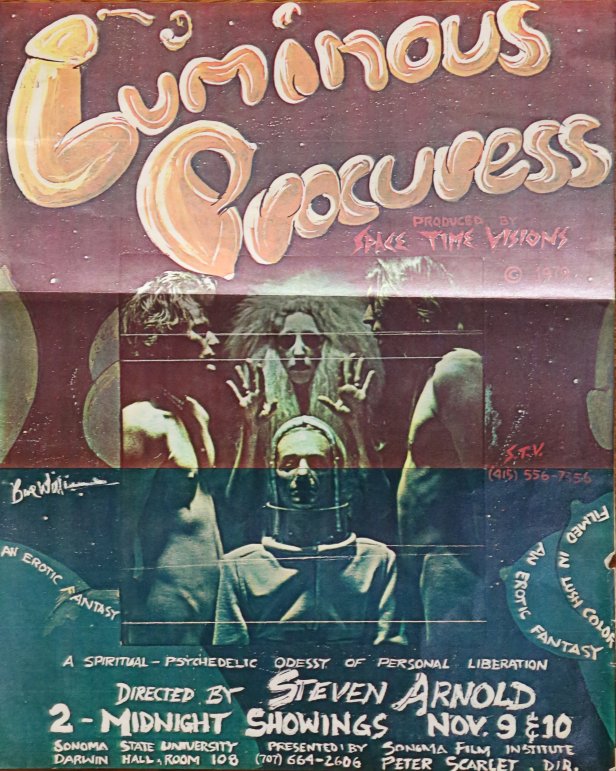 |
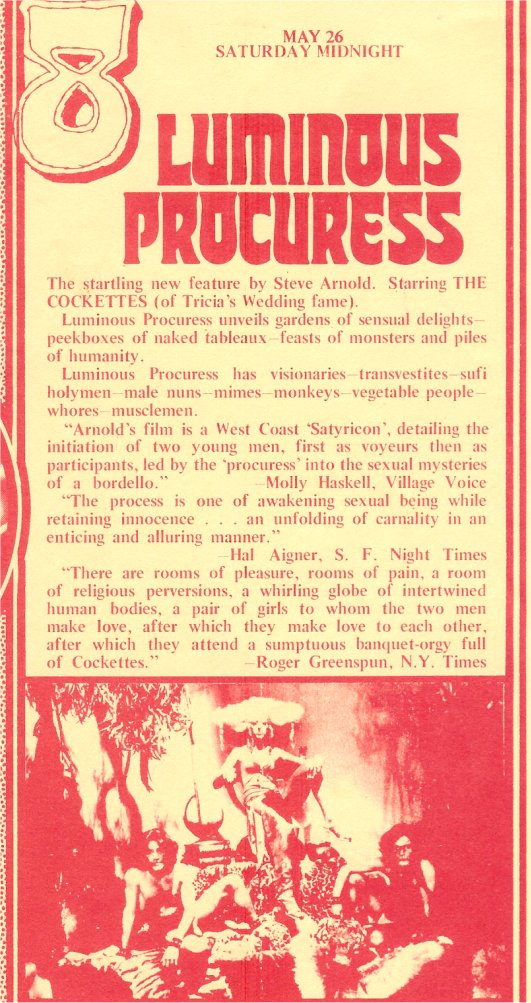 |
|---|
'Warner Remembers' - Video clip of him describing Luminous Procuress with scenes from the film
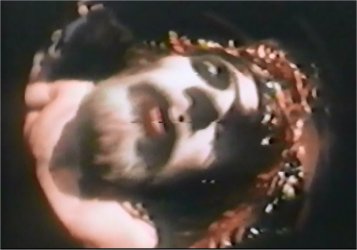 |
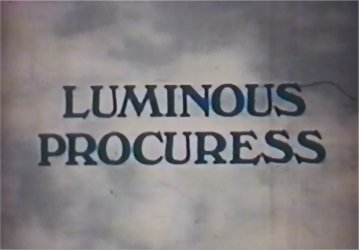 |
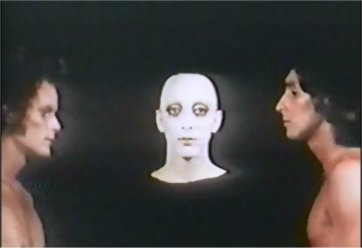 |
|---|
NCET - National Center for Experiments in Television - San Francisco 1973
Illuminated Music 2 & 3 (1973) - U B U W E B - Illuminated Music 2 & 3 (1973) - Music by Warner Jepson MP3 sound file only (mp3 - 5mb 3min 35sec)
Warner Jepson's - Orange Wind These videos were featured recently at the and the Sonoma Valley Museum of Art in California
They are also portrayed in the book California Video: Artists and Histories
|
|---|
Photos1970sWarner Jepson in the 1970s
World Trade Center 1975 by Warner Jepson |
|---|
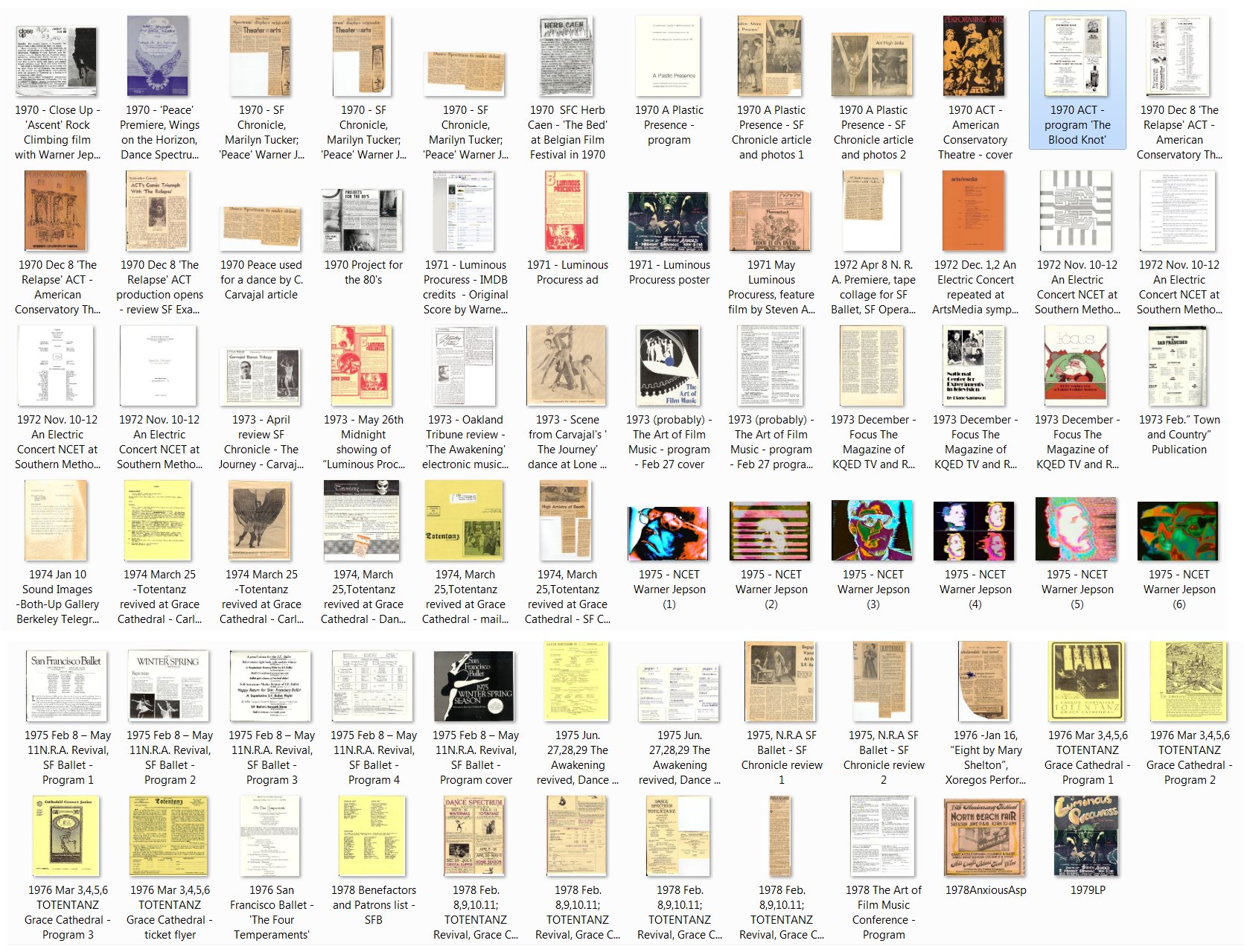 |
|---|